In a hotel, understanding the dynamics of room types and leveraging this understanding can significantly impact revenue, profit, and guest satisfaction. Room-type analytics is a vital component of any hospitality Business Intelligence platform and offers hotels a deeper insight into their inventory’s performance. Data-driven decisions based on Room-Type Analytics enhance profitability and guest experience. This article dives into Room-Type Analytics, its benefits, implementation strategies, and how hotels can leverage this tool for success.
What is Room-Type Analytics?
Room-type analytics is the process of collecting, analyzing, and interpreting data specific to different room categories within a hotel. Relevant analytics can include booking pace, revenue generation, occupancy rates, average rates (ADR), sold versus booked room types, and room changes across the different room types that your property offers. By reviewing Room-Type Analytics, you can uncover hidden patterns, guest behaviors and preferences, and revenue/profit opportunities.
Why Should You Spend Time on Room-Type Analytics?
An old rule of thumb in hotel management is that, depending on the hotel, a revenue increase coming from selling more rooms (occupancy) converts to profit at roughly 60%. A revenue increase coming from selling more expensive rooms (ADR) converts to profit at an average 95%. Selling and up-selling premium room types will convert to the bottom-line performance of your hotel at an extraordinary rate.
Other reasons Room-Type Analytics should be at least on your Quarterly Business Review checklist include:
- Optimized Revenue Management: Understand the performance of each room type so you can manage dynamic pricing differences between room types. As a result, you can maximize profitability from premium room types during peak periods and capture your higher room categories’ occupancy at smaller supplements during slower times.
- Enhanced guest experiences: A guest buying an upgrade to a higher room category results in a better and better-tailored guest experience at a premium price. By identifying popular room types and guest preferences for example by segment/channel/country combination you can put out more compelling and localized offers that drive better value and higher conversion rates.
- Informed decision-making: Data-driven insights help you make smarter investments for example in renovations, marketing, and operational strategies. Resources can be aimed towards the most profitable room types.
- Competitive advantage: With detailed insights into room type performance, hotels can create unique selling propositions and packages for different room types to set themselves apart in a competitive market.
Implementing Room-Type Analytics
Here are a few things to pay attention to when analyzing room-type data.
1. Data Ingestion
Make sure the right data is taken from the PMS. Two tips:
- Don’t just take performance by room type, as this is usually based only on the room type in which the guest has stayed. It includes for example upgrades that happened for loyalty status and room type overbookings. Stayed room type performance is therefore not a good indicator of the commercial value and performance of a room type.
- In addition to the originally booked room type for each reservation and the eventually stayed-in room type for each reservation you also want to understand the changes of room type and particularly how they happened: were they free upgrades or paid upgrades? Ingesting and analyzing the change log of a reservation will help you here.
2. Room Type Analytics
Room-type analytics can provide context as well as be the context depending on the analytical objective and the dashboard that has been built. Being able to place Room Type Analytics in different dashboards and locations of dashboards is imperative to getting the most value out of it. Consider the following two scenarios:
- To understand the alignment between account value and awarded free upgrades: A dashboard that shows which corporate accounts have received which percentage of free upgrades
- To show a corporate client the value of staying at your hotel versus the competition: A dashboard that shows what percentage of free upgrades a specific account has received
3. Segment Room Type performance
Segment room type performance, both booked and stayed, by various dimensions such as Channel, Country, and/or behavioral factors such as Length of Stay and lead time to bring about insights into room type preferences and behaviors that you can leverage for a more impactful room type sales and marketing strategy.
What Should a Starting Point for a Room Type Analytics Dashboard Look Like?
The Room Type Analytics Constellation is defined as follows. It will give you a great starting point to get more value out of your room-type data.
- Key KPI’s of the overall property performance, this helps you place the room type performance data in context: was the hotel busy or quiet.
- Room type performance breakdown: Understand how each room type performed based on the Booked and Stayed room type of reservations. (Note: in the screenshot, you see Juyo Analytics’ demo platform with anonymized data and manually adjusted room count per room type, as a result, the occupancy percentage per room type is inaccurate).
- Room type shifts: How many room nights stayed in the same room type that was originally booked, how many room nights were upgraded for free or upsold into higher room categories, etc.
- Room types bar chart shows visually which room types carried which weight depending on the chosen filters.
- A Sankey Flow chart of room type moves tells you the volume of room moves between specific categories.
- Company and Agency breakdowns help you filter the other visualizations and understand which companies and agencies captured or drove for example free upgrades and upsells.
- Explorations for days of the week contribution, occupancy band contribution (showing how busy your hotel was), loyalty status and repeat guests provide context to the data shown above and allow you to filter to answer questions such as: “Which types of guests were receiving free upgrades when my occupancy was below 70%?” and “On which weekdays are we more likely to award free upgrades to non-loyalty members?”
Free Checklist: Start Using Data in Your Hotel’s Decision-Making
Using data to power insights and decisions at your Hotel can position you for commercial success, help increase guest satisfaction, and reduce costs. This checklist provides a starting point for hoteliers new to data analytics in the hotel industry.
Click here to download the checklist “Start Using Data in Your Hotel’s Decision-Making“.
More Tips to Grow Your Business
Revfine.com is the leading knowledge platform for the hospitality and travel industry. Professionals use our insights, strategies, and actionable tips to get inspired, optimize revenue, innovate processes, and improve customer experience.Explore expert advice on management, marketing, revenue management, operations, software, and technology in our dedicated Hotel, Hospitality, and Travel & Tourism categories.

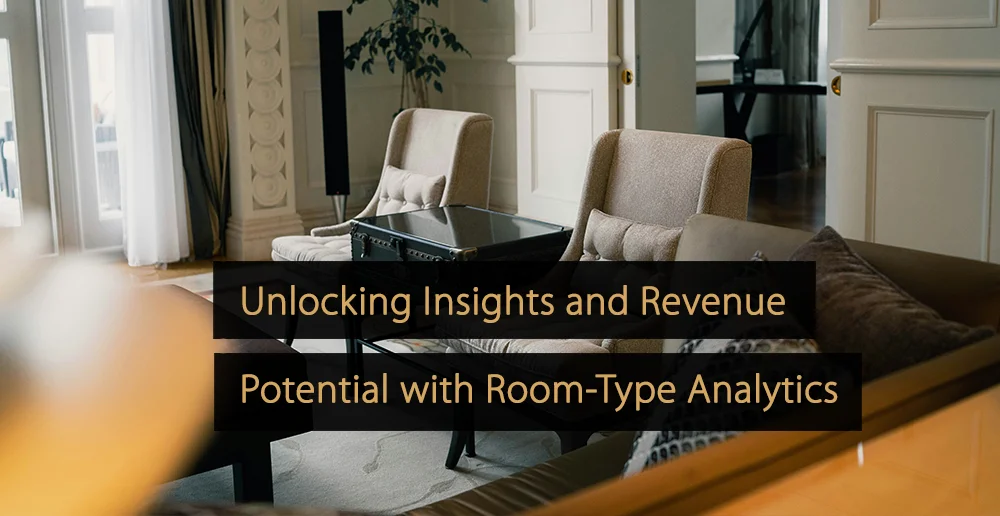
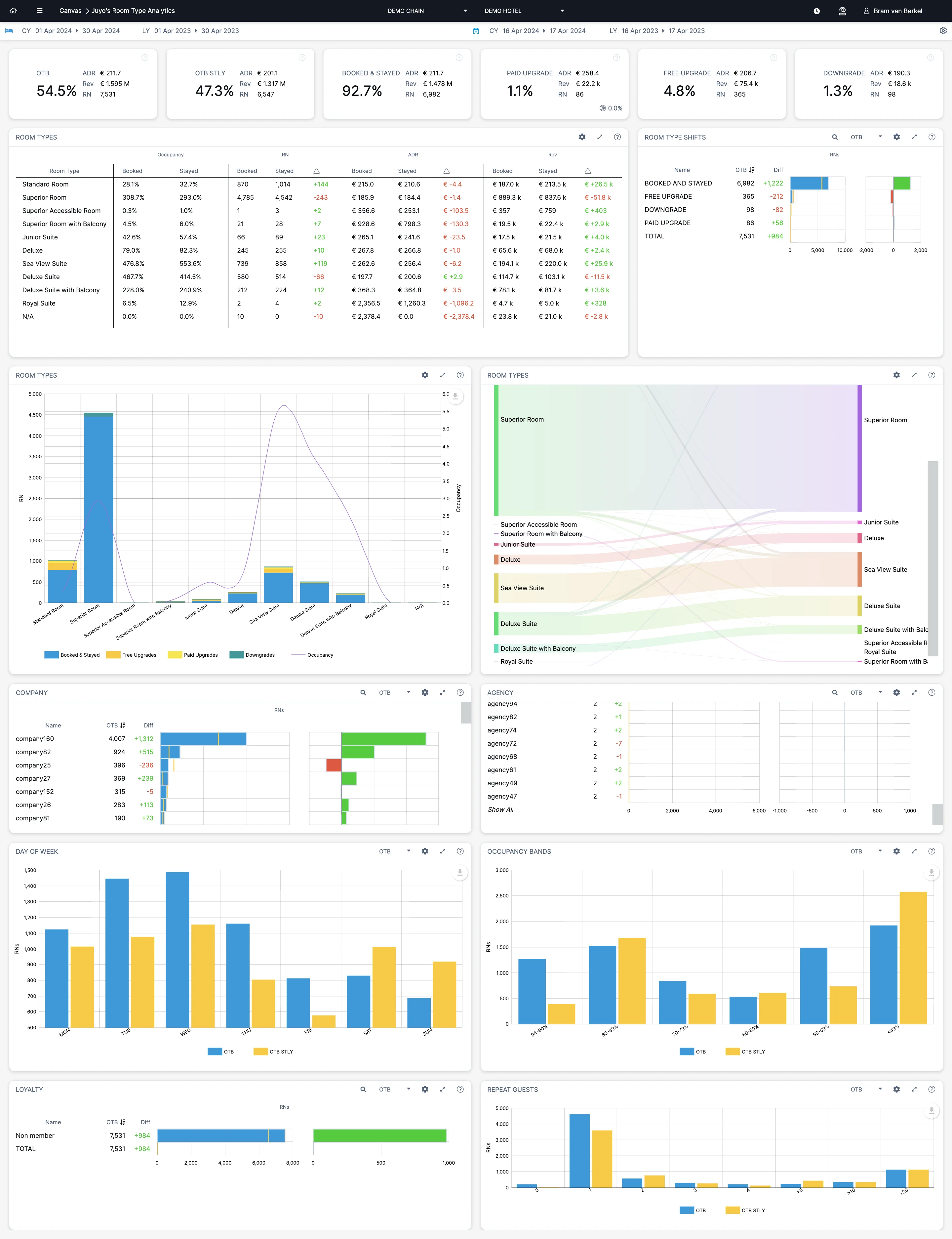

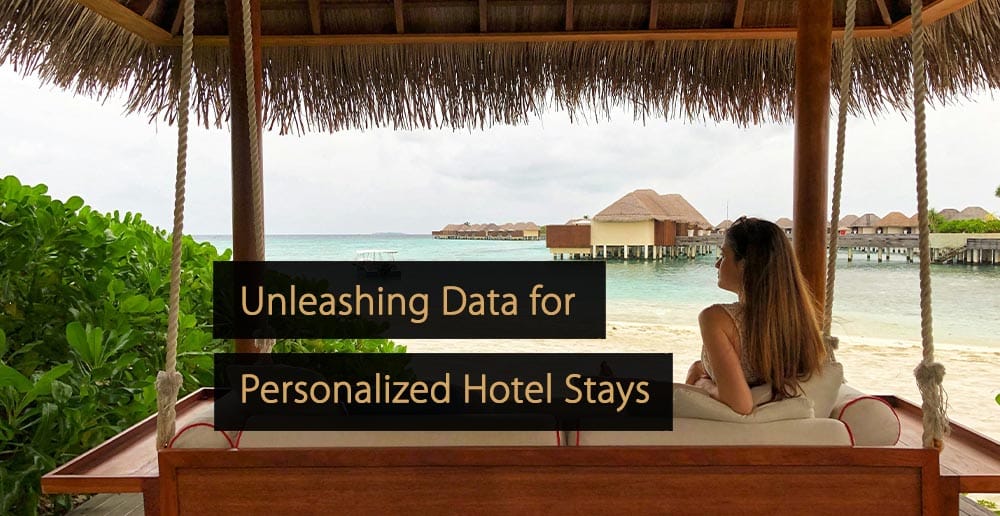
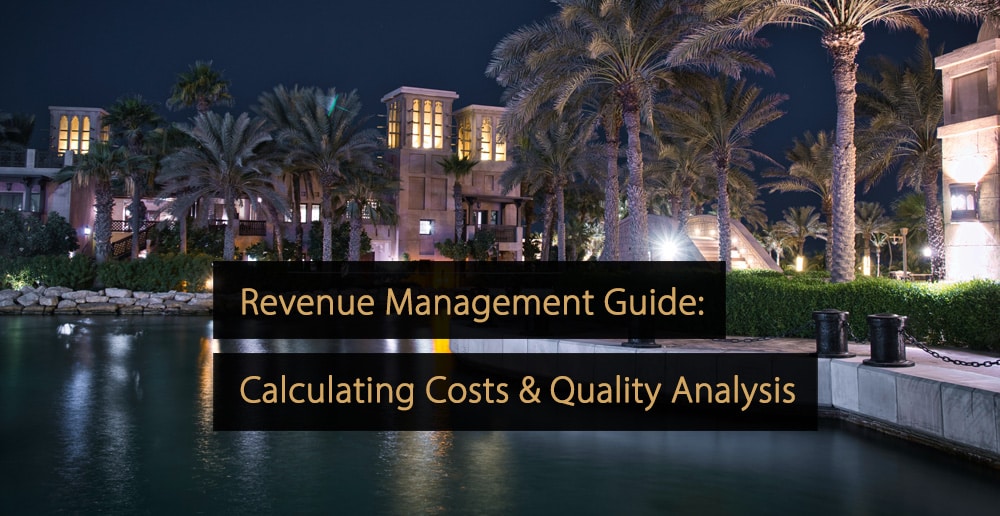
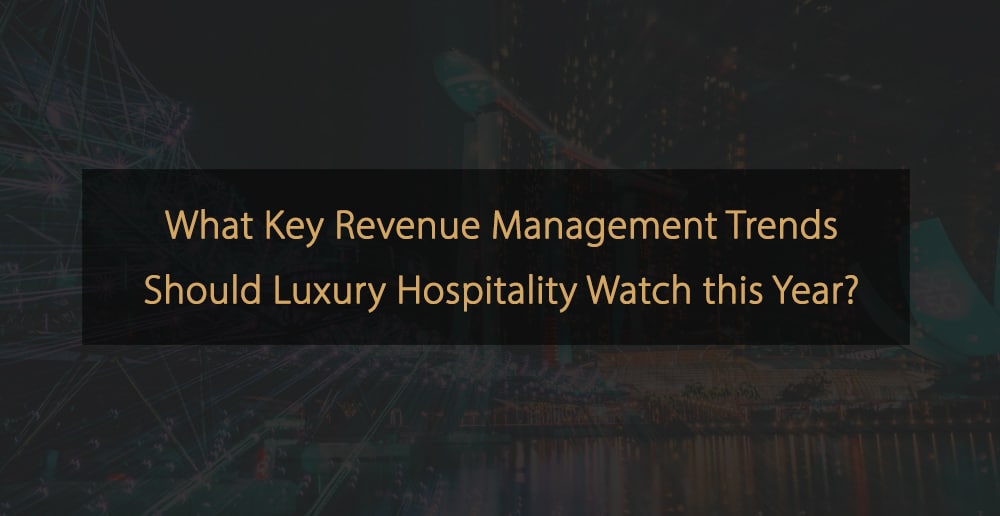
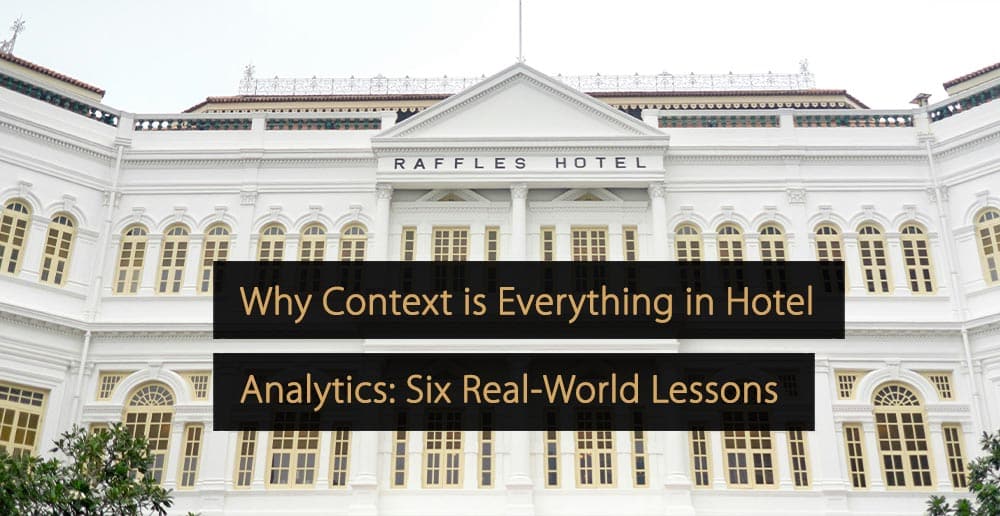
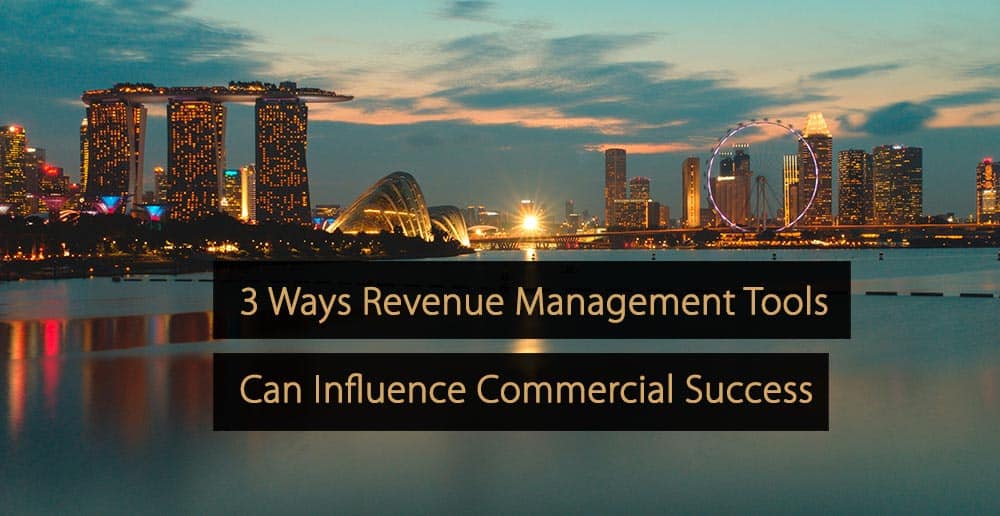
Leave A Comment